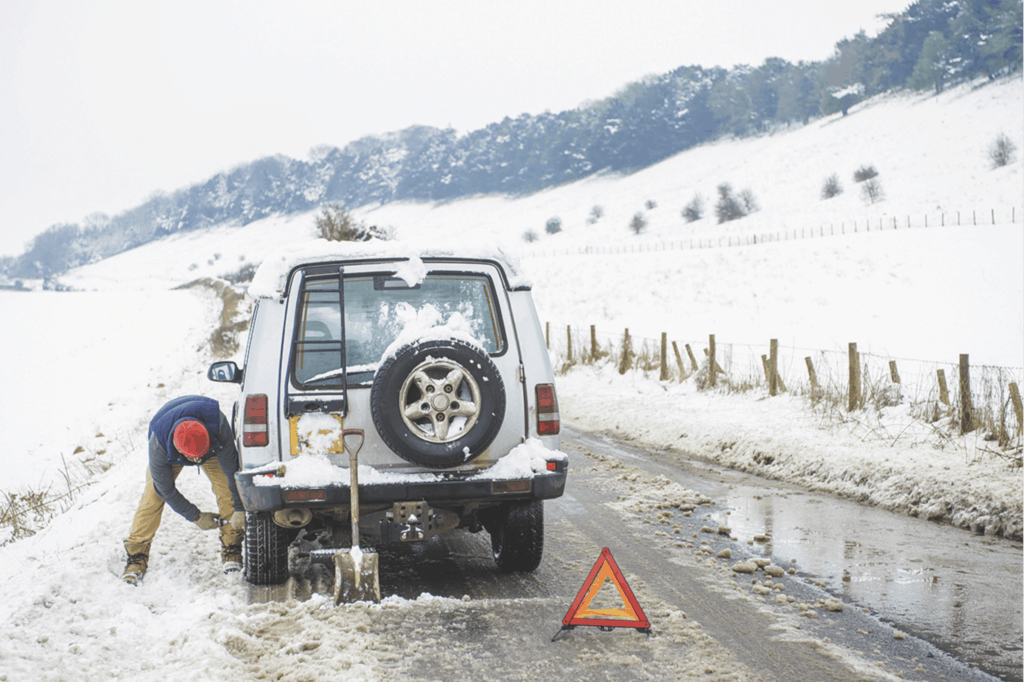
Disasters can happen in a flash, and having a plan in place for common emergency situations can make it easier to handle adverse conditions, particularly when away from home.
According to MFASCO Health and Safety, a supplier of first aid supplies and kits, 90 percent of people do not carry first aid supplies or other emergency gear in their vehicles. Among those who may carry supplies, 30 percent never check to determine if they’re in good working order. The National Safety Council says that drivers should always keep emergency supply kits in the trunks or cargo areas of their vehicles. Kits should be inspected every six months, and worn out items should be replaced.
Roadside emergency kits can make the difference between getting back on the road safely or being stranded for hours. Such kits also may help prevent or treat injuries, potentially saving lives. Weather should be considered when preparing vehicle emergency kits, which should include the following.
A properly inflated spare tire and tire-changing equipment
Jumper cables
A multipurpose utility tool and/or tool kit
Flashlight and batteries
Flares or triangle reflectors
An extra quart of motor oil
A first-aid kit containing at the least, gauze, tape, bandages, antibiotic ointment, aspirin, non-latex gloves, scissors, hydrocortisone, thermometer, tweezers, and instant cold compress
A blanket
A tire pressure gauge
A portable tire inflator
Paper towels
Nonperishable, high-energy foods
Drinking water
A reflective vest
Duct tape
A fire extinguisher
An ice scraper
A folding shovel
Coolant and washer fluid
A phone charger
Baby/child supplies, if pertinent
Rope
Keep kits organized at all times. Store items securely in a milk crate, box or backpack so they are always readily available. People should familiarize themselves with the items in the kit so they know how to use them correctly and quickly.
With some planning and organization, drivers can have the supplies they will need to make it through roadside emergencies safely.




